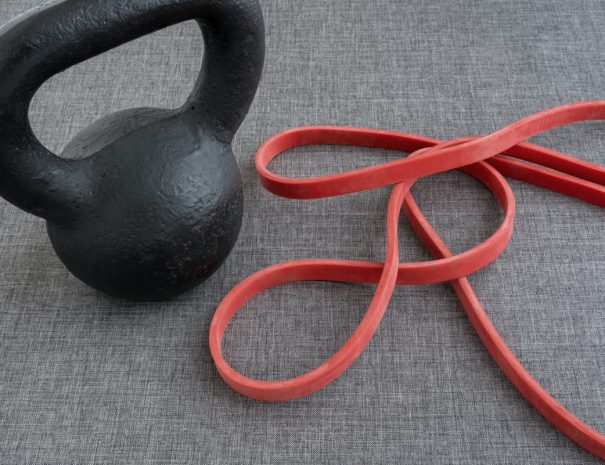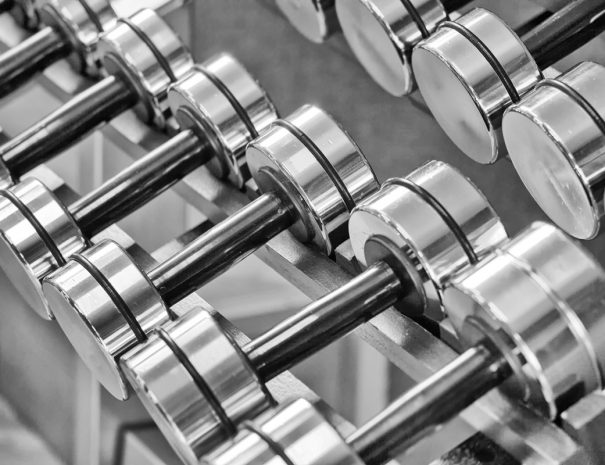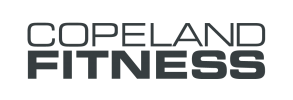Resistance Training




Resistance exercise is any form of exercise that forces your skeletal muscles (not the involuntary muscles of your heart, lungs, etc.) to contract. An external resistance (such as heavy weights) is used to cause the contractions, and those contractions lead to increases in muscular mass, strength, endurance and tone. What can you use for that external resistance? Why, anything you want! You can use dumbbells, barbells, kettlebells, resistance bands, your body weight, bottles of water, bricks — the list goes on and on! As long as the weight causes muscular contractions, it counts as resistance exercise.
Types of Resistance Exercise
There are three basic types of resistance exercises:
- Bodyweight — This uses only your body weight to force your muscles to contract. It includes exercises like pull-ups, push-ups, and squats.
- Free Weights — Using dumbbells, barbells and kettlebells helps to increase the strain placed on your muscles, forcing those contractions and building muscle. Free weight training is considered the most effective form of resistance exercise, as it engages secondary muscles (stabilizers) and leads to more effective muscle growth.
- Weight Machines — Every gym has dozens of weight machines–Pec Deck, Cable Machine, Leg Extension machine, etc. Weight machines are not as effective as free weights, but they are a safer alternative for those who are new to resistance training.
Planning a Solid Resistance Training Regimen
Every good resistance training regimen should factor in your ultimate goals for lifting. Are you trying to build muscle mass, muscular strength, or muscular endurance? If mass is your goal, you want to work with a lot of weight, but only a few repetitions per set (4 to 6). If strength is your goal, use a bit less weight, but do more repetitions per set (12 to 15). If endurance is your goal, use very little weight but do a lot of repetitions per set (20 to 25).
When planning your resistance training program, take into account the amount of work each muscle/muscle group needs:
- Your chest, back, and legs need more sets (8 to 12)
- Your shoulders and arms need fewer sets (5 to 8)
- Your forearms, calves, traps, and core muscles need even fewer sets (1 to 5)
Make sure to pay attention to the larger muscle groups, as they will burn more energy and build more muscle mass in less time and with far less effort.
Tips for Healthy Resistance Exercise
Take it slow at first. Give your body time to grow accustomed to the intense workouts!
Use compound movements. The more muscles engaged, the better. Isolation movements are less effective overall.
Find the balance between push and pull. “Push” is all about the chest and triceps, but “pull” focuses on the back and biceps.
Train at the right frequency. Training the same muscles too often leads to reduced muscle growth and can increase your risk of burnout. Give your muscles between 48 and 72 hours to rest between resistance training.
Have a plan. Hit your resistance exercise hard, and you’ll see better results.
Work with the right weight. Too heavy, and you won’t reach your rep goals. Too light, and your muscles won’t make progress in terms of strength, tone, mass and/or endurance.

